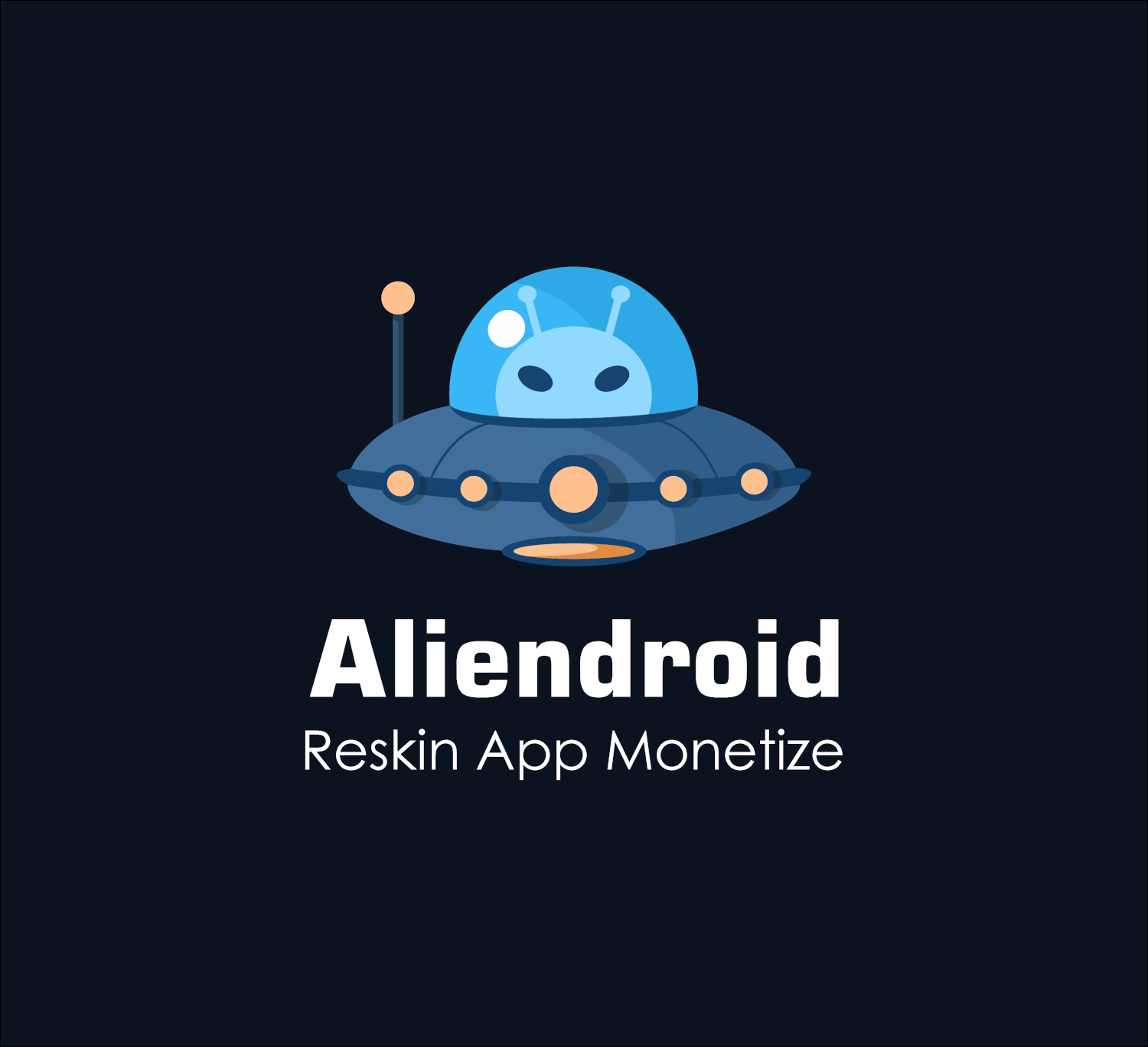How to Overcome AdMob Ad Limits and Maximize Your App’s Revenue

If you’re an app developer using AdMob to monetize your app, encountering ad limits can be a frustrating experience. These limits can significantly reduce your app’s revenue potential, especially if not addressed properly. In this article, we’ll discuss the reasons behind AdMob ad limits, effective ways to overcome them, and steps to ensure your app stays within AdMob’s guidelines.
1. Understand What Causes AdMob Ad Limits
AdMob imposes ad limits for a variety of reasons, primarily to ensure a healthy advertising ecosystem. The most common causes of ad limits include:
- Invalid traffic: This includes fraudulent activity such as bots, accidental clicks, or incentivized traffic.
- Policy violations: Misplacing ads or not following AdMob’s ad placement policies.
- Low user engagement: Ads are limited when user interaction with ads is consistently poor.
When an app violates AdMob’s guidelines or experiences a spike in invalid traffic, Google may impose ad limits to protect advertisers from poor-quality traffic.
2. Monitor and Prevent Invalid Traffic
The most frequent reason for ad limits is invalid traffic. Invalid traffic can come from various sources, such as bot-generated traffic, accidental clicks, or incentivized interactions. To avoid this, it’s crucial to monitor your app’s traffic and ensure it’s legitimate.
Tips to prevent invalid traffic:
- Use Firebase Analytics: Firebase provides detailed traffic insights, allowing you to identify any unusual traffic patterns or spikes.
- Avoid self-clicking: Never click on ads in your own app.
- Implement fraud detection tools: You can use third-party tools to detect and block suspicious traffic.
- Follow AdMob’s click policies: Ensure that ads are placed in locations that minimize accidental clicks.
3. Improve User Engagement
AdMob often limits ads if it detects poor user engagement. The better your app’s user engagement, the less likely it is to face ad limits. A high level of user interaction with your content ensures that ads are served to interested users, which in turn keeps advertisers happy.
Ways to improve engagement:
- Offer quality content: Provide value to users to keep them engaged for longer.
- Optimize ad placements: Place ads in non-intrusive areas to maintain a positive user experience.
- Diversify ad formats: Use rewarded video ads, interstitials, and banners in a balanced way.
4. Ad Placement Optimization
Incorrect ad placement is another common reason for ad limits. Make sure to follow AdMob’s guidelines for placing ads within your app. Placing ads too close to interactive elements like buttons can lead to accidental clicks, which AdMob views as invalid traffic.
Best practices for ad placement:
- Avoid placing ads too close to interactive elements: Ensure there’s enough space between ads and any buttons or navigation bars.
- Use smart banners: These banners adjust their size to fit the device screen, reducing the chance of accidental clicks.
- Rotate ad formats: Combining various ad formats can prevent overuse of one format and provide a better user experience.
5. Follow AdMob Policy Updates
AdMob’s policies are regularly updated to improve the ad ecosystem. Staying up-to-date with these changes ensures your app remains compliant and less likely to face ad limits.
Actions to take:
- Review AdMob’s policy center regularly: Ensure your app complies with the latest ad placement and traffic policies.
- Keep track of notifications from Google: If there are warnings or guidelines from Google, make sure to address them promptly.
6. Use AdMob Mediation
AdMob Mediation allows you to integrate multiple ad networks and helps distribute ad requests across various networks. By using mediation, you reduce your reliance on AdMob’s ad inventory alone, which can help bypass limits when AdMob restricts the number of ads served.
Benefits of AdMob Mediation:
- Higher fill rates: If AdMob imposes limits, other networks can fill the gap.
- Increased revenue potential: You get access to multiple networks, potentially earning more revenue from higher-paying ads.
- Diversified ad serving: Reduce the risk of limits by spreading ad requests across multiple networks.
7. Monitor Your App's Performance Regularly
Consistently monitoring your app’s performance can help you identify potential issues before they become major problems. Tracking metrics like click-through rate (CTR), impressions, and engagement can give you insights into why ad limits may have been applied.
Tools for monitoring:
- AdMob reporting dashboard: Check for any irregularities in traffic or ad requests.
- Firebase Analytics: Analyze user behavior to ensure your app attracts valid, organic traffic.
Conclusion: Managing AdMob Ad Limits Effectively
Facing AdMob ad limits can be discouraging, but by following best practices, monitoring your traffic, and staying compliant with AdMob policies, you can minimize the chances of encountering these limits. Implementing tools like AdMob Mediation and improving user engagement will not only help you overcome limits but also maximize your app’s revenue potential.
 English
English Bahasa
Bahasa





